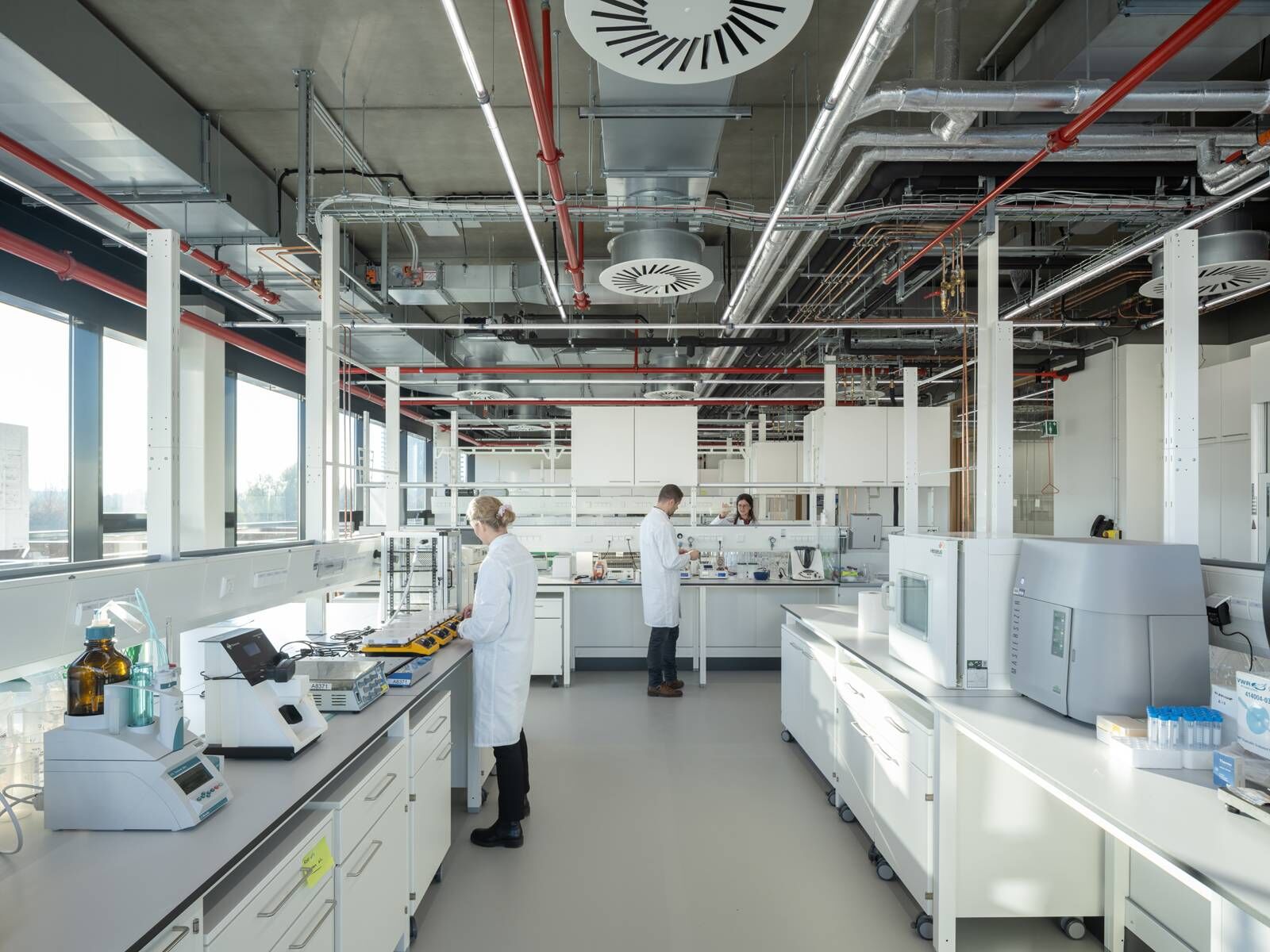BREEAM guides sustainable design and construction of Unilever HIVE’s food innovation hub
Overview
Unilever's HIVE is a state-of-the-art research and development facility located on the Wageningen University Campus in the Netherlands. Designed to foster collaboration and innovation, HIVE is a prime example of sustainable architecture that supports Unilever’s vision of reducing its environmental footprint while driving positive social impact.
About
HIVE consists of three main areas: a Pilot Plant, a Food & Customer Experience area, and office and laboratory spaces. The Pilot Plant acts as a mini factory for small-scale production of new products, directly connecting to the Food & Customer Experience area where daily experimentation with innovative ingredients takes place. The facility is designed to facilitate collaboration between Unilever, researchers, students from Wageningen University, startups, and consumers. The building also includes a light-filled atrium with a skylight and a wide wooden staircase, enhancing the sense of openness and connectivity.
Background
The global food system faces significant challenges, from over-exploitation and climate change to food waste and poor diets. Unilever recognises the need for a transformative approach to food production and consumption. To address these challenges, Unilever established HIVE, a cutting-edge facility dedicated to developing sustainable food innovations in partnership with Wageningen University and other stakeholders.
Challenges
Developing HIVE presented several sustainability challenges. Integrating Unilever’s global sustainability goals into a tangible building project required innovative approaches. One major challenge was ensuring that the building could support diverse functions such as laboratories, kitchens, and office spaces, each with distinct environmental and operational requirements. The design and construction teams had to employ advanced simulation tools and adopt a highly integrated design approach to balance these needs without compromising energy efficiency or user comfort.
Another significant challenge was achieving a high level of flexibility and futureproofing in the building’s design. HIVE needed to be adaptable to accommodate future technological advancements and evolving user needs. This required careful planning and the use of modular design principles, ensuring that the building’s structure and systems could be easily modified or expanded. The BREEAM certification process provided a framework for addressing these challenges, guiding the team in implementing sustainable practices and ensuring that HIVE would meet its ambitious environmental and operational goals.
Solutions
Unilever chose BREEAM so that they could make sure every aspect of sustainability was considered. HIVE is now a testament to innovative sustainable design. The building features a transparent design that promotes collaboration between Unilever, researchers, students, and startups. Key sustainability features include an energy-neutral building envelope, maximum material efficiency, and circularity. Unique aspects of HIVE include the integration of over 1800 PV
panels, climate ceilings providing efficient heating and cooling, and a facade designed for optimal daylight and energy efficiency. The facility comprises a Pilot Plant, Food & Customer Experience areas, and flexible office and laboratory spaces, all integrated to enhance the synergy between different functions. Additionally, the building’s design promotes health and well-being with features like natural daylight, ergonomic workspaces, and an edible garden.
Benefits
The BREEAM certification process guided the development of HIVE, ensuring the highest standards of sustainability were met. The building achieved BREEAM Outstanding certification for both its design (91.23%) and construction (93.24%). HIVE’s innovative features include automated climate control, extensive use of recycled and FSC-certified materials, and an edible garden. These elements not only reduce the environmental impact but also enhance the well-being of its users through improved air quality, natural light, and ergonomic design.
| Feature | Benefit |
|---|---|
| Energy-newutral building envelope | Reduces overall energy consumption and operational costs |
| Over 1800 PV panels | Generates renewable energy, contributing to the building's energy neutrality |
| Facade designed for optimal daylight | Enhances natural light penetration, reducing the need for artificial lighting |
| Extensive use of recycled and FSC-certifoed materials | Minimises environmental impact and promotes sustainable resource use |
| Edible garden | Supports biodiversity and provides a unique amenity for building users |
| Automated climate control | Ensures a comfortable indoor environment and optimises energy use |
| Natural daylight and ergonomic workspaces | Improves health and well-being of occupants |
| Climate ceilings | Provides efficient heating and cooling, improving user comfort |
Summary
Get in touch
For more information, call us on +443333218811, email us at enquiries@bregroup.com or use the online form.
Contact usBrowse more from our latest case studies:
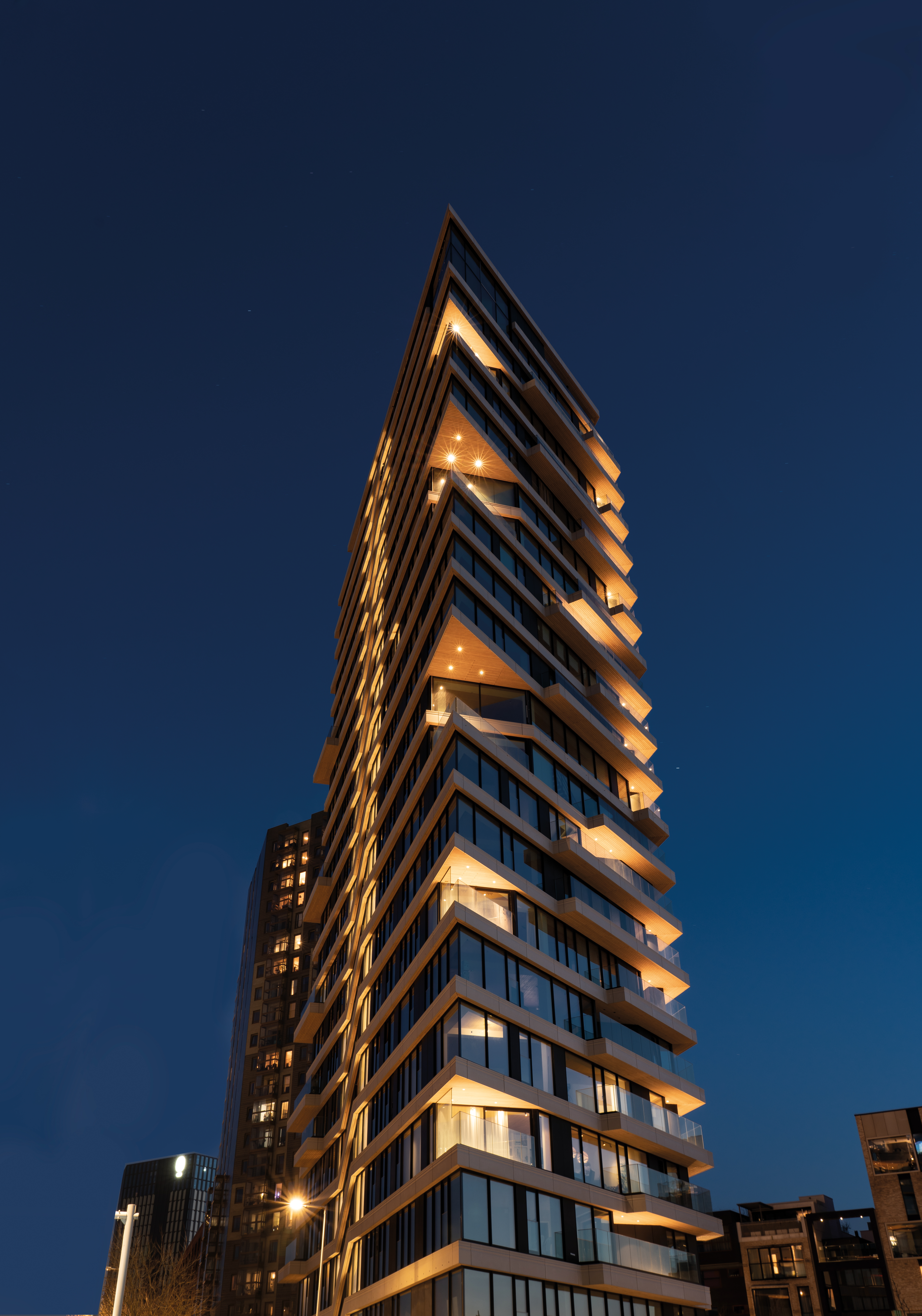
HAUT Amsterdam first residential building in Netherlands to achieve BREEAM Outstanding

KKR Expands Sustainability Across US Property Portfolio with BREEAM

2 Auriol Drive Refurbishment Sets New BREEAM Standards
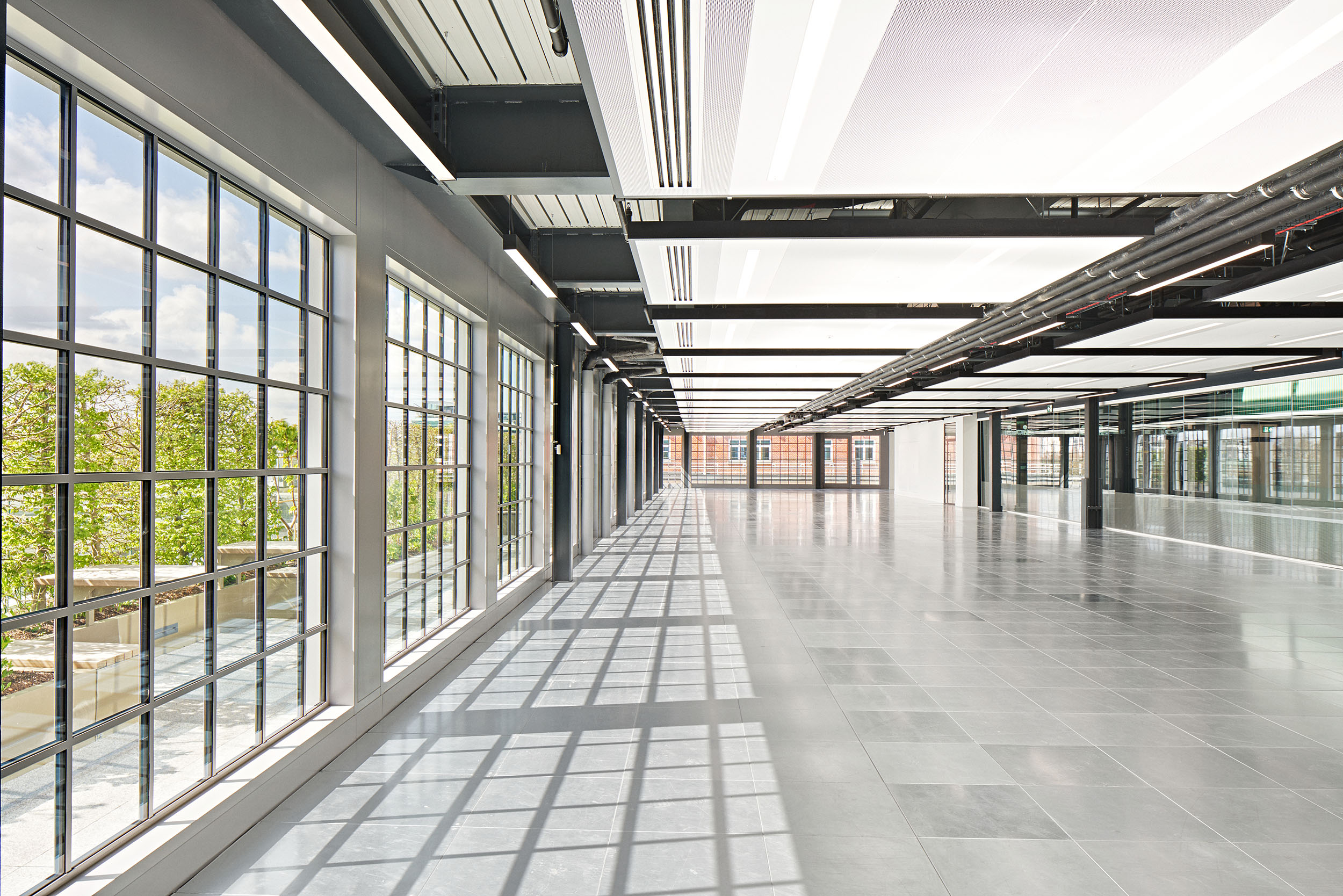
Heritage & Sustainability: Northcliffe's BREEAM Outstanding Journey
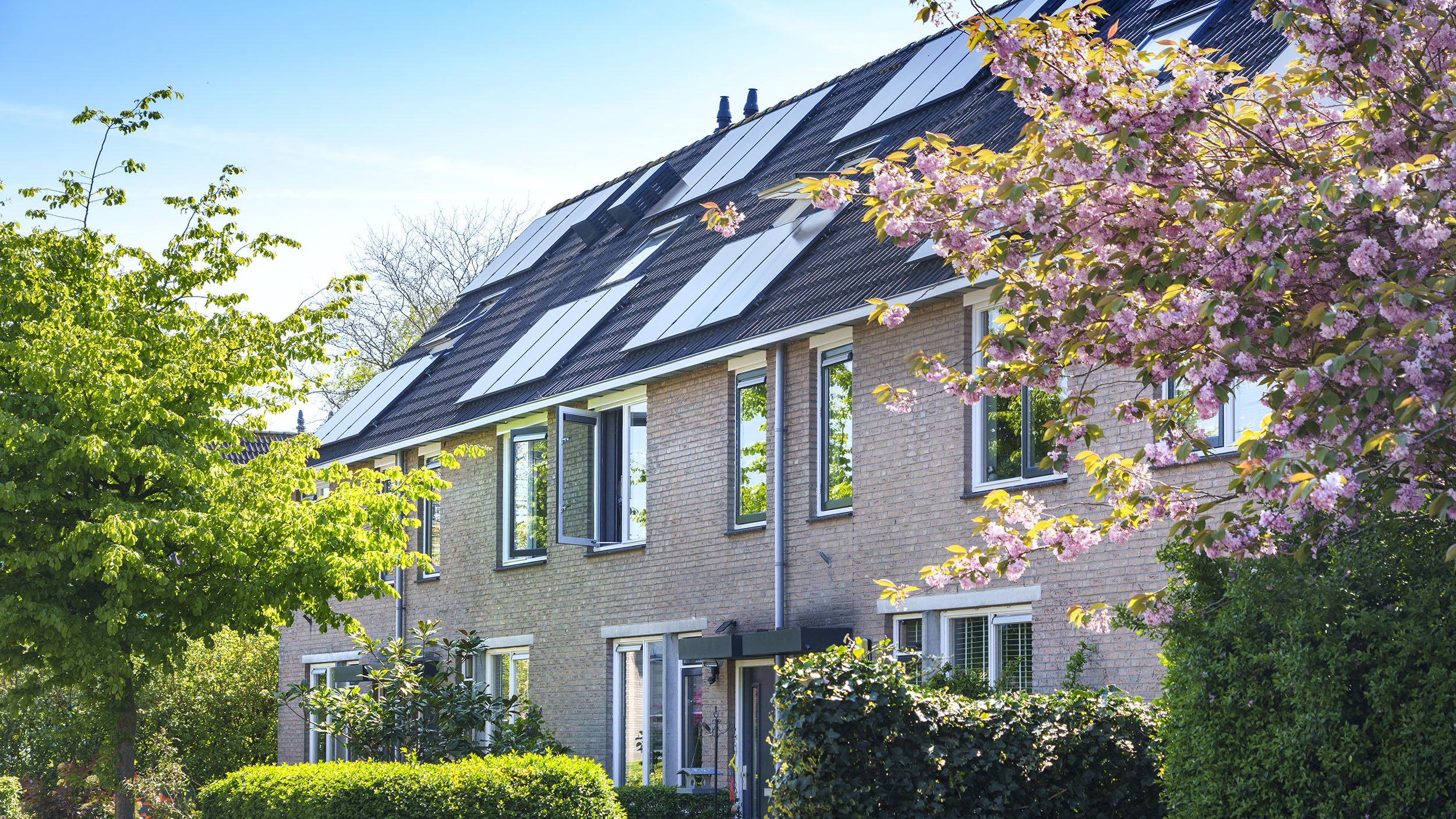
ASR elevates residential sustainability with Mark e.o. Huizen BREEAM In-Use project

Fugro's new BREEAM Outstanding headquarters a benchmark in sustainable office design
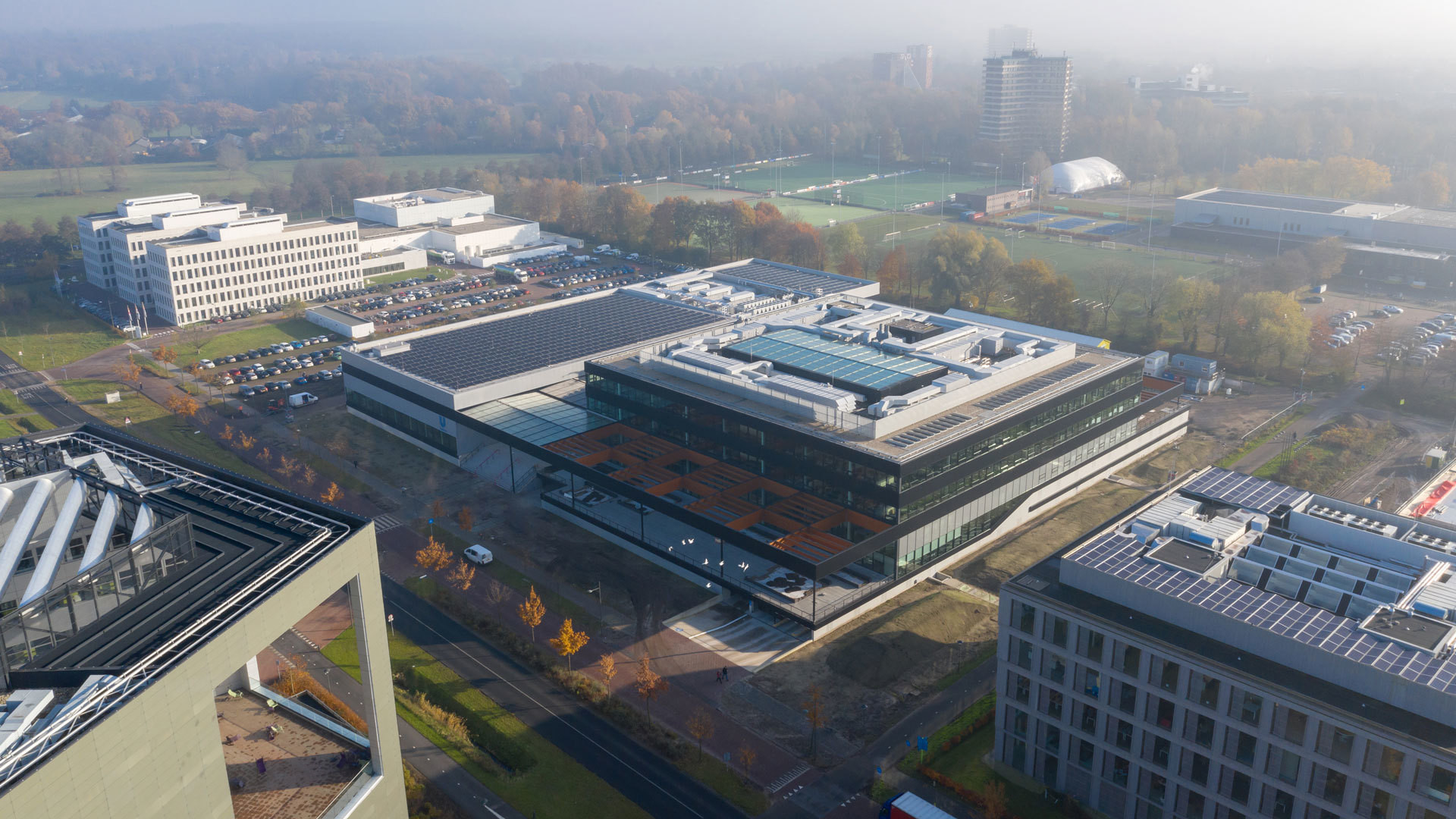
BREEAM guides sustainable design and construction of Unilever HIVE’s food innovation hub
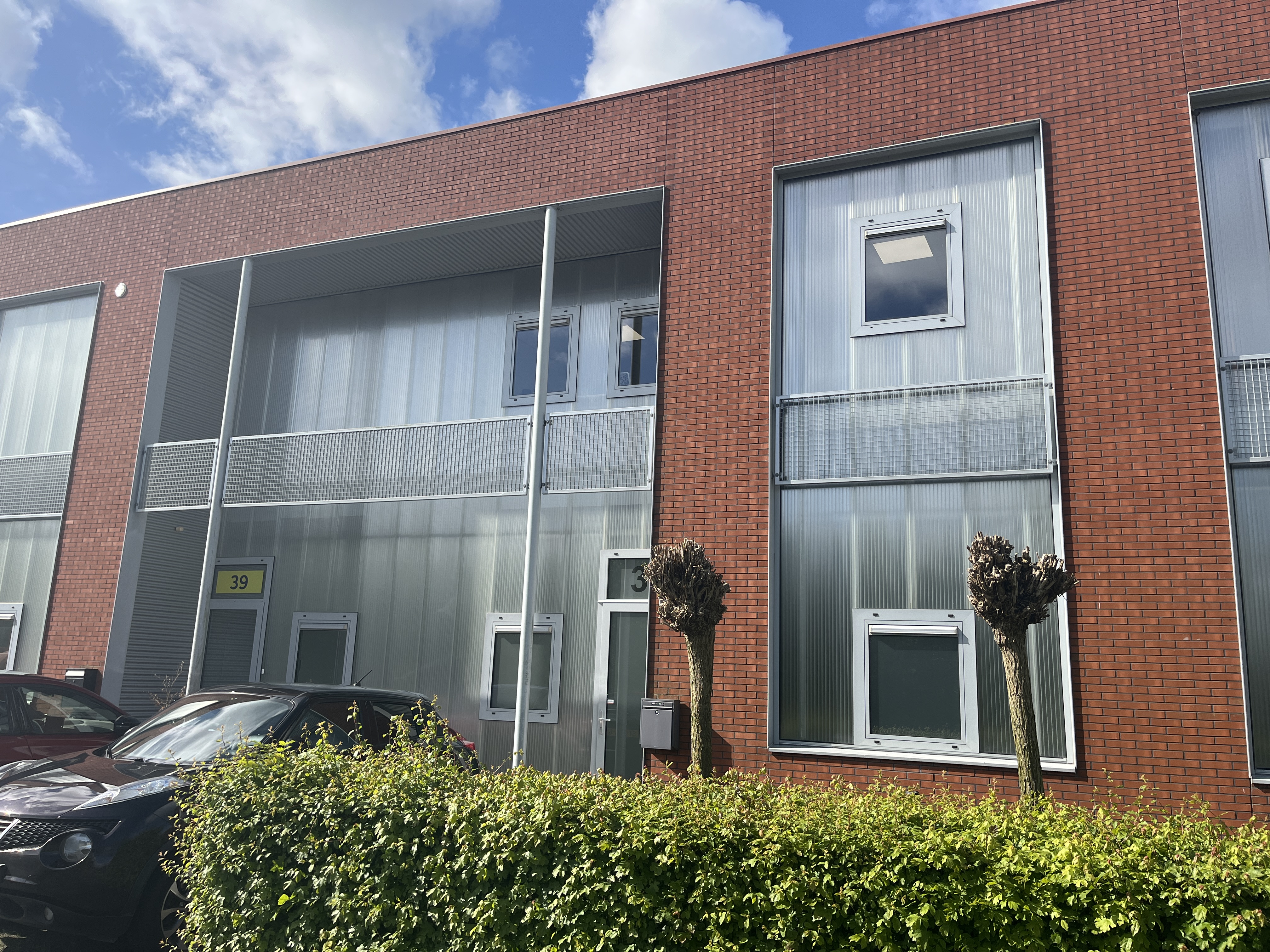
Pioneering sustainability in the built environment with DuurzaamheidsCertificering BV, winners of the BREEAM Best Assessor Award 2024





